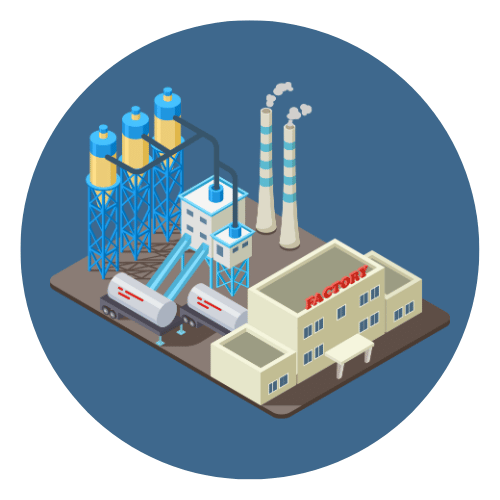
Electrolytic corrosion is a critical phenomenon that affects a wide range of metallic systems exposed to electrical currents and electrolytic environments. Unlike general corrosion that often occurs due to atmospheric exposure or chemical reactions, electrolytic corrosion is driven by the flow of electrical current through an electrolyte, which leads to the accelerated degradation of metals. This type of corrosion is especially prevalent in systems where direct current (DC) or stray electrical currents are present, such as underground pipelines, marine vessels, and electrical enclosures.
In simple terms, electrolytic corrosion occurs when metal becomes part of an unintended electrical circuit and begins to dissolve due to electrochemical reactions. The process involves an anode, cathode, and electrolyte. When a current passes through this setup, metal atoms at the anode lose electrons and transform into metal ions, gradually eating away the material. If left unchecked, this can lead to costly equipment failures, leaks, structural damage, and even safety hazards in critical infrastructure.
Understanding electrolytic corrosion is essential across industries, including oil and gas, marine engineering, electronics, automotive, and water treatment. In these sectors, corrosion not only shortens the service life of components but also significantly increases maintenance costs. By recognizing the conditions that lead to electrolytic corrosion and applying the correct preventive measures, operators can enhance the reliability and lifespan of their systems.
This article will explore the fundamental science of electrolytic corrosion, its types, causes, detection methods, real-world examples, and effective prevention strategies. Whether you’re a maintenance technician, engineer, or facility manager, gaining a solid understanding of electrolytic corrosion will empower you to make informed decisions that protect your assets and reduce downtime.
1.What is Electrolytic Corrosion?
Electrolytic corrosion is a type of corrosion that occurs when an external electrical current flows through a metal in the presence of an electrolyte (usually water containing dissolved salts or acids). This current causes metal atoms to lose electrons and dissolve as ions, leading to material degradation, especially at the point where the current leaves the metal (called the anodic area).
✅ Key Characteristics of Electrolytic Corrosion:
-
Driven by electricity: Unlike natural corrosion, it is caused by stray or deliberate electrical current—often from faulty wiring, DC-powered systems (like railways), or improper grounding.
-
Requires three elements:
-
A metallic conductor (like a pipe or structure)
-
An electrolyte (such as water, soil, or saltwater)
-
A source of external electrical current
-
-
Localized attack: Corrosion typically occurs where the electrical current exits the metal, causing pitting, cracks, or perforation over time.
-
Common in: Underground pipelines, marine vessels, electrical systems, and industrial equipment exposed to wet environments and stray currents.
🔁 How Electrolytic Corrosion Works (Simplified):
-
An external DC current leaks into or passes through a metal object.
-
The metal becomes part of an unintended electrical circuit.
-
At the anode (exit point), metal atoms lose electrons and dissolve into the electrolyte.
-
This causes loss of material, leading to pits, leaks, or structural failure.
🛡️ Prevention Methods:
-
Proper grounding and bonding
-
Use of cathodic protection systems (sacrificial anodes or impressed current)
-
Insulating coatings and electrical isolation
-
Stray current detection and elimination
📌 Example:
If a pipeline buried under a railway carries stray DC current from the tracks, it may act as a return path. The current exits at some point on the pipe, causing electrolytic corrosion—potentially resulting in pipe failure or leaks.


 Automation System
Automation System  Energy Engineeing
Energy Engineeing  Instrumentation System
Instrumentation System  Mechanical Engineeing
Mechanical Engineeing  Piping Technologies
Piping Technologies  Transportations
Transportations  Manufacturing
Manufacturing  Training Material
Training Material 










